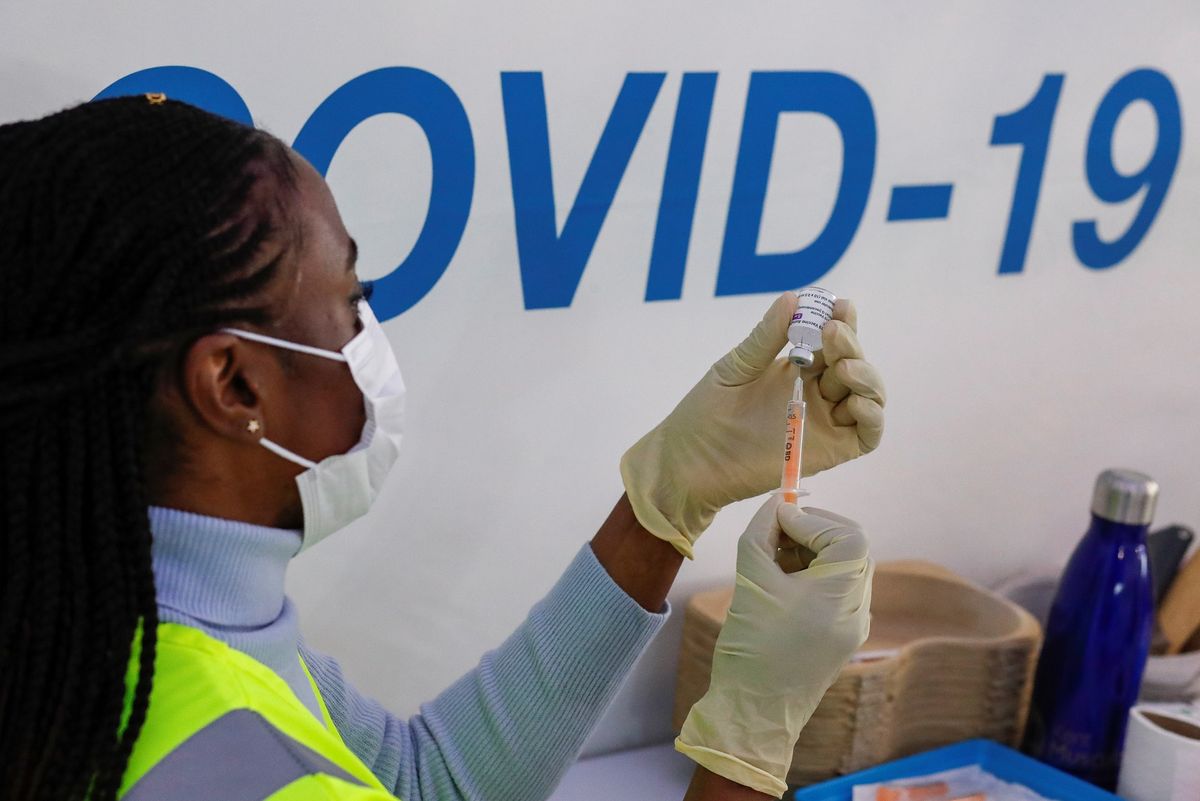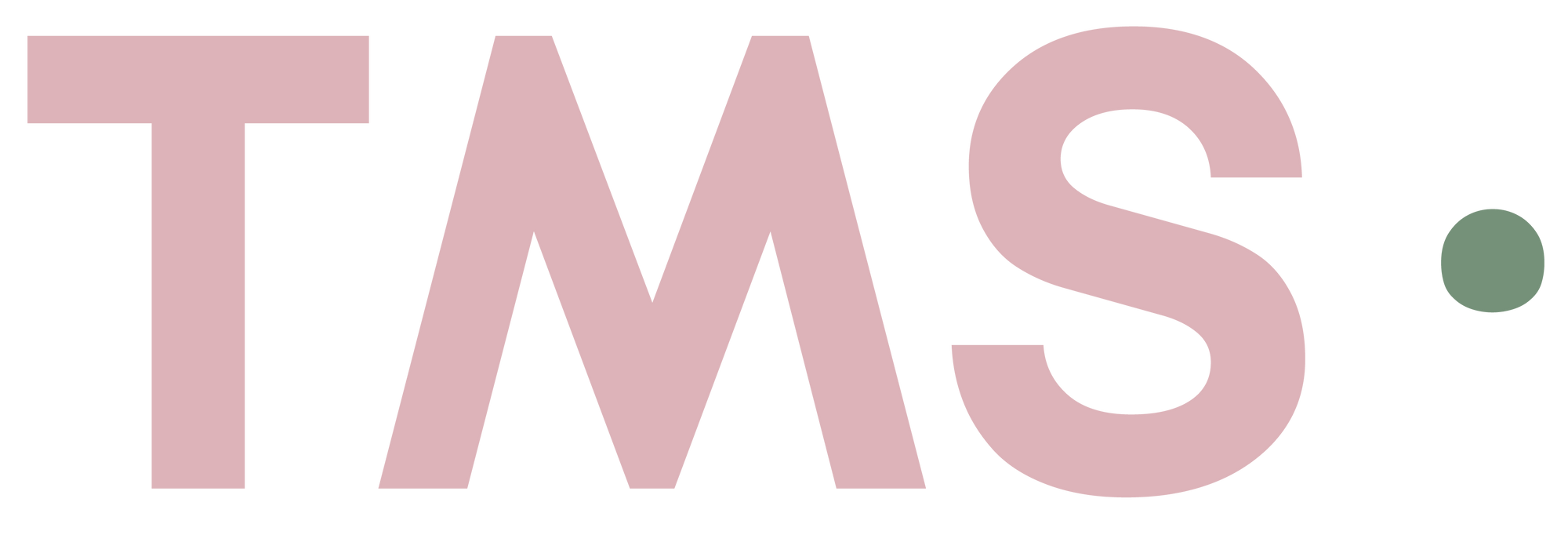What is herd immunity and how close is the US to achieving it?

A few minutes every morning is all you need.
Stay up to date on the world's Headlines and Human Stories. It's fun, it's factual, it's fluff-free.
The best way to achieve herd immunity is to ensure that at least 70% of the country is vaccinated. That’s the low end of the estimate for the herd immunity threshold, though some experts suspect it could be as high as 85%.
By the end of April, the United States will have administered 200 million vaccine shots, achieving President Joe Biden’s revised goal after the country easily surpassed his original goal of 100 million shots in his first 100 days. Vaccinating most US citizens is key to getting the country out of the COVID-19 pandemic and back to some semblance of normalcy. But this can only happen when the nation achieves herd immunity.
The best way to achieve herd immunity is to ensure that at least 70% of the country is vaccinated. That’s the low end of the estimate for the herd immunity threshold, though some experts suspect it could be as high as 85%. But with just over 25% of the country fully vaccinated, that threshold appears to still be a few months away.
What is herd immunity?
Herd immunity occurs when enough people within a population are immune to a disease that the most vulnerable members of that population are protected by default. In other words, a person may be at risk of getting the disease, but if everyone with whom they come into contact is already immune to the disease, the risk of getting the disease drops significantly.
Herd immunity can be achieved in two ways. The first is through people getting the disease and developing antibodies. Across human history, this is how herd immunity has been most commonly achieved. When a disease isn’t too severe or deadly, natural herd immunity is sufficient. But with deadlier diseases, such as smallpox, that isn’t an option.
The second type of herd immunity is vaccination. By receiving an injection of a less deadly strain or a lesser amount of the disease, a person’s immune system is activated and they develop immunity.
Many vaccines, like those for smallpox and chickenpox, only need to be taken once in a lifetime. Others, such as that for the flu, have a limited period of effectiveness, especially as the disease evolves.
But herd immunity doesn’t mean that an entire population is safe from infection or that a disease has been wiped out. Even when a community or society achieves herd immunity, a disease may still be present and capable of infecting the nonimmune, including those who are most susceptible.
That is especially true when a pandemic is global and various countries have achieved different levels of immunity, as is the case with COVID-19. Even as the US and Israel are approaching herd immunity, countries like Brazil and India are still seeing an increase in cases (this despite the fact that India has reportedly administered more vaccines than any other country with the exceptions of China and the US).
As a result, even once the US officially achieves herd immunity for COVID-19, short of completely closing the borders – an implausible and unlikely option – the risk of new variants entering the country is still high. That’s why it’s important that wealthier countries prioritize expanding vaccination efforts to developing nations.
How many people are vaccinated in the US?
As of April 19, 212 million doses of the vaccine have been administered in the US, according to the Centers for Disease Control and Prevention (CDC). That includes 85 million people (25.7%) who have been fully vaccinated (meaning they have received both shots), with 64.9% of people 65 and older being fully vaccinated. There have been 264.5 million doses delivered in the US.
Throughout the country, different states have been administering vaccines at different rates. For instance, by mid-April, California had administered 61,400 vaccines doses per every 100,000 citizens. Alabama, which has the lowest rate, had administered 45,000 vaccines per every 100,000 citizens.
The most commonly administered vaccine in the US is the Pfizer-BioNTech vaccine, which has surpassed 110 million shots. That is followed by Moderna, at 93 million and the more recently approved Johnson & Johnson at just under eight million (though the J&J shot was recently put on hold after concerns of blood clots).
Is the US close to the herd immunity threshold?
For some diseases, the herd immunity threshold is extremely high, upward of 95% of the population. Thankfully, for COVID-19, the threshold is considerably lower, though the exact percentage remains an open question. Early estimates put the number as low as 60%, but most recent estimates put it at between 70% and 85%, a range that has been supported by Dr. Anthony Fauci.
At the rate vaccines were being administered in early March, experts believed the US could reach 70% immunity by the middle of September. But since then, the rate that daily vaccines have been administered has increased, from two million per day on March 15 to 3.5 million per day on April 15. That would suggest that the US could achieve herd immunity even quicker than originally thought.
Unfortunately, this would stipulate that the whole population would be willing to get vaccinated, which is not the case in the US. Anti-vaccine sentiment is strong in the country, particularly among conservatives. Republicans and evangelical Christians have been the main holdouts, with nearly a third of each group saying they would “definitely not” get the vaccine.
On the plus side, the number of vaccine skeptics in the broader population appears to be dropping as time goes on. That includes among Black Americans, who in initial polling in late 2020 were the racial demographic most likely to say they would not get the vaccine. But now it appears, with hundreds of millions of people already vaccinated, that fear of the vaccine is becoming less of a factor.
Have a tip or story? Get in touch with our reporters at tips@themilsource.com




Comments ()